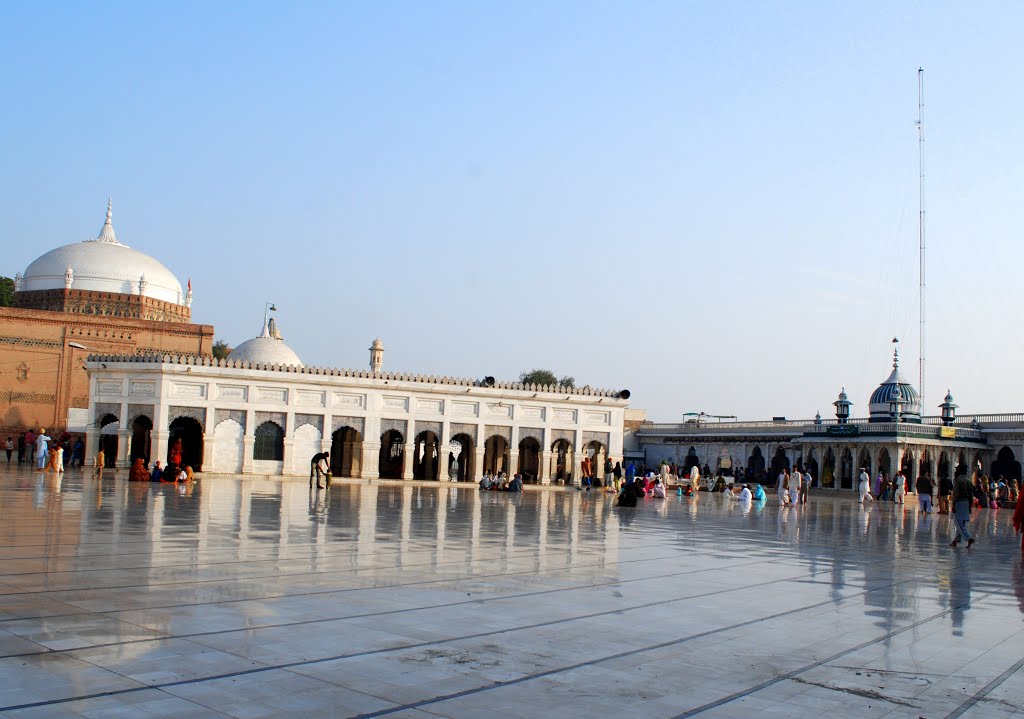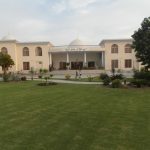Pakpattan first declared district headquarters in 1849 when British rule was established in the Subcontinent. The headquarters were later moved to Gugera in 1852 and then to Sahiwal in 1856. British also instituted Pakpattan Municipal Committee in 1868. Pakpattan is the famous district of Punjab province, also known as the city of saints. Many Muslim Sufi saints worked here for the glory of Islam. Other than Muslims, Sikh spiritual leaders also did meditation in this region. The old name of Pakpattan was Ajodhan. The old city was established on a big mound called Dhaki, meaning “something hidden’. Dhaki is at a higher altitude than the area and is called the original citadel of Pakpattan. There were gates to enter the city; entering the once walled inner-city through one of the existing gates, you will find yourself in the archetypal form of an ancient town, with crooked and narrow streets, dense housing, and intricate woodwork on jharokas, bay windows, and doors. So many historic cities have developed, losing much of their original character in the process during modern times, but Pakpattan has survived remarkably intact. It is the entire urban fabric of the place that is historic. Though, the major portion of the fortification wall has disappeared. In places, the wall has even been utilized as a part of the residences. Four gates (Shahedi, Rehimun, Abu, and Mori) have survived out of six, but they are all crumbling. Now extensive suburbs stretch from the foot of the wall all around. Thin red bricks from the centuries-old walls are used in the new houses all over the town. The portion of the settlement on the mound can be compared with the walled part of Multan city. The remains of the peripheral wall with ancient mystique define the pedestrian’s inner portion, containing the vehicular traffic and modern development out of the wall. Homes have also retained their essential trait despite renovations to make them comfortable for modern living or to create additional space for more families. You can see the mythical woodwork, murals, tiled facades, and colourful patterns in old havelies. General Alexander Cunningham has recognized Pakpattan, anciently known as Ajodhan, as a town that appears in the work of Hellenic historians and other classic writers under the names of Ohydrakae, Sydrakae, Sudraykae and or Hydaekae. The ample, pure and unadorned architecture is very inspiring. Urs of the saint Baba Farid-ud-Din is celebrated in the month of Muharram, but many devotees stream into the shrine every day. You can also see Qawwal groups performing and malangs falling into a state of trance mostly on Thursdays. The principal shrines are in good condition but the adjoining ancient mosque has decayed. Auqaf is constructing a new mosque nearby as a part of the Farid Complex. Besides the shrines of Baba Farid and Mouj Darya, there are over twenty shrines of saintly persons in the town. Most eminent of these is the shrine of Baba Aziz Makki. There is a whole different world outside the shrine parameters. Cubbyhole shops selling deathbed spreads, flowers, big bangles, and sweets (for Niaz) known as Makhane and eating joints are lined up on both the streets leading to the shrine.
Places to Visit
Shrine of Baba Fareed
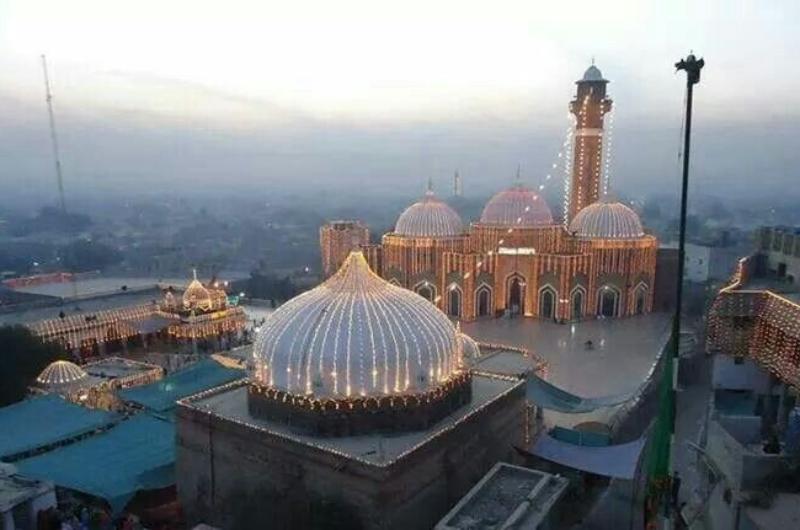
The Shrine of Baba Farid is a 13th-century Sufi shrine located in Pakpattan, Pakistan, that is dedicated to the Sufi mystic Fariduddin Ganjshakar, popularly known as Baba Farid.
Malka Hans
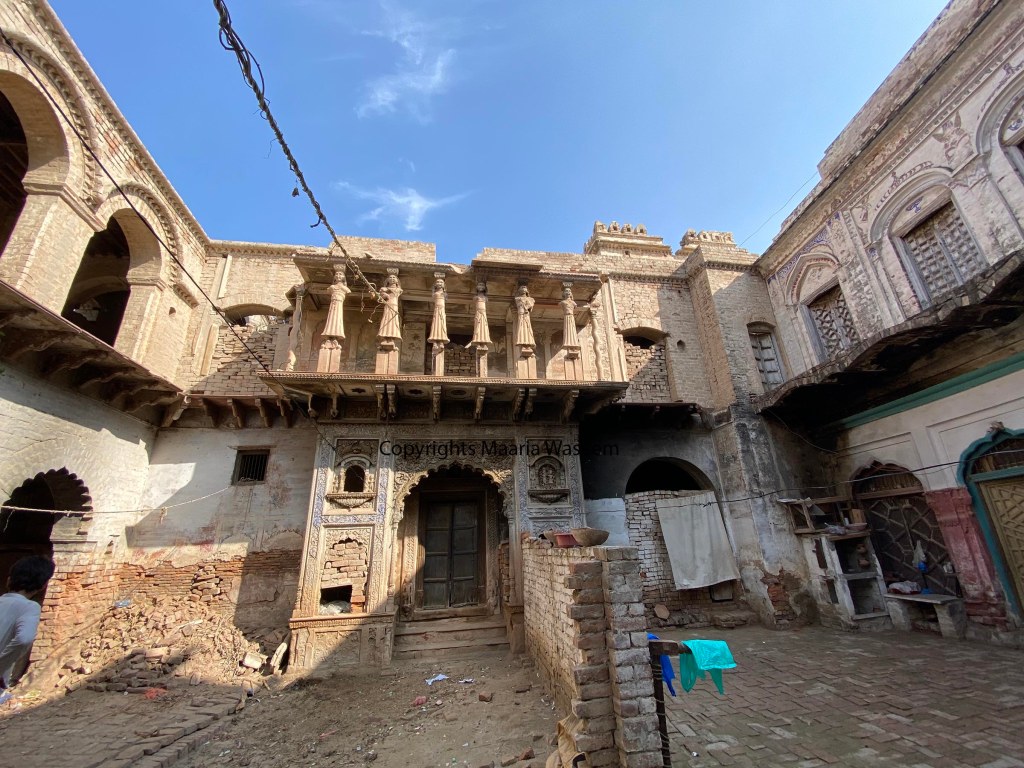
Malka Hans, is a historical town, of Punjab in Pakistan. It is located in the Pakpattan District. It is part of Pakpattan Tehsil.HistoryWaris Shah, a poet from the Punjab, came here from his native village Jandiala Sher Khan and composed the classic epic Heer in 1766. There is a mosque related to the poet as well as his composition, Heer.GeographyMalka Hans is approximately centered at with the altitude of 150m. It is located on the Pakpattan-Sahiwal road, only 15 km (approx.) from Pakpattan and 34 km from Sahiwal.
Malka Hans, is a historical town of Punjab in Pakistan. It is located 12 kilometers north of Pakpattan in the Pakpattan District.
Parnami Mandir
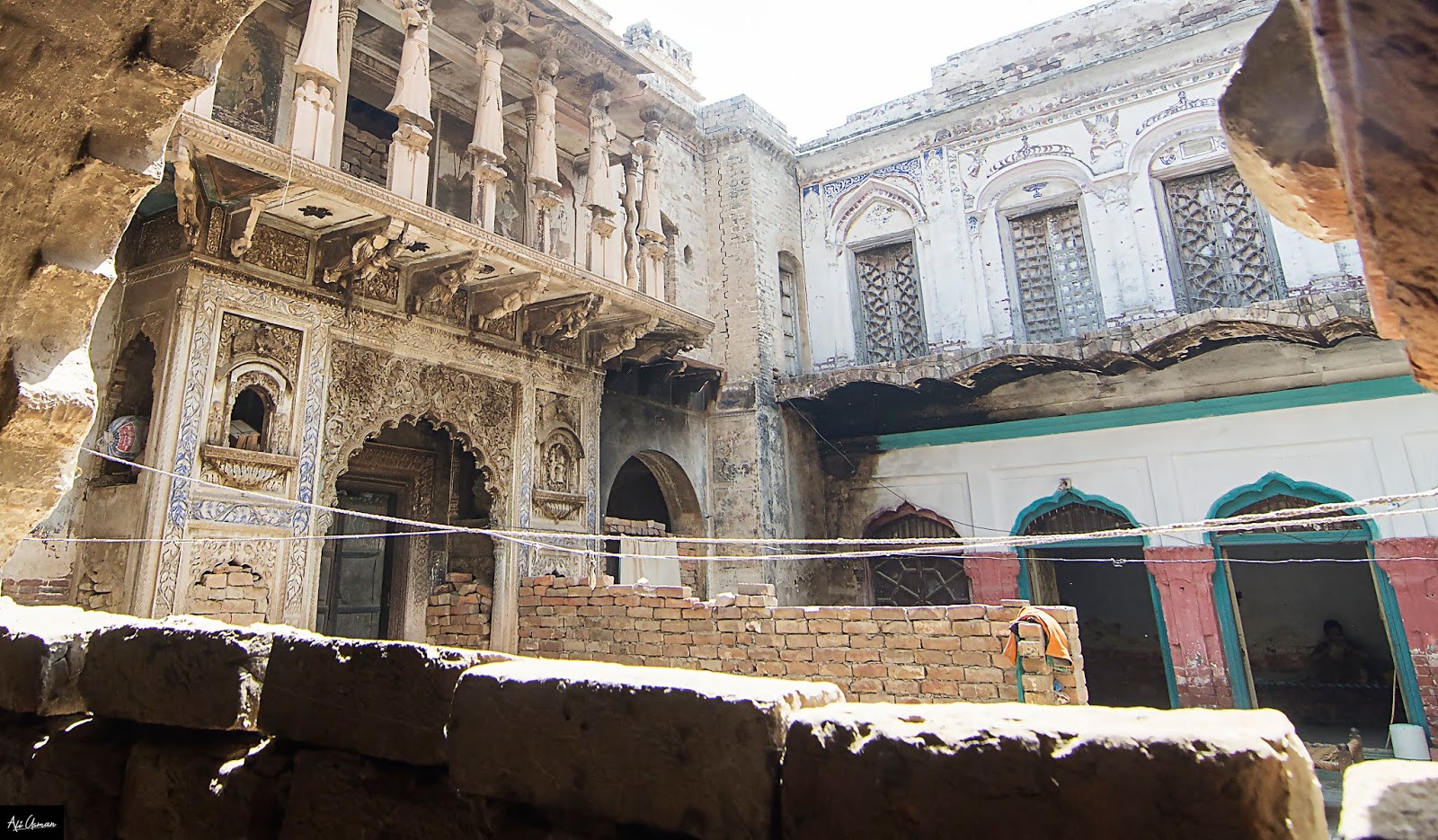
The dilapidated relics of the Parnami temple used to be one of the central ashrams of the Parnami faction of Hindus. Mahant Darbara Singh had constructed this five-story majestic building of the temple over 200 years ago. Dust of ages has settled in deep layers on the pedestal where Samadhi of Dya Ram – the founder of the Parnami sect used to rest in the main chamber of the temple. “A large number of Hindus had been visiting here before partition and there use to be a big annual Mela in the month of Chetar,” informed a Painde Khan is using this place as a house. “I am paying rent to Auqaf for living in this Khandar,” he complained a little wistfully.This grand monument of the past with sold masonry and ornate designs wrought by artisans and artists centuries ago was one of the fine specimens of Hindu architecture. Termite is eating Wood but exquisite quality of woodwork on windows, doors and murals on the battered walls can still be seen. The thin red bricks excavated from this monument have been used in adjacent houses in the compound. And, sadly, the temple cannot be defined in the images. Auqaf does not appear to have any idea about what to do with these splendid remains of the Hindu architectural legacy, except perhaps recovering the rent from the tenants. “Last time Auqaf got the place cleaned was when Indian dignitaries visited the temple”, told Painde Khan. Legend has it that there was a tunnel from this temple to Pakpattan.
Sutlej River Bank
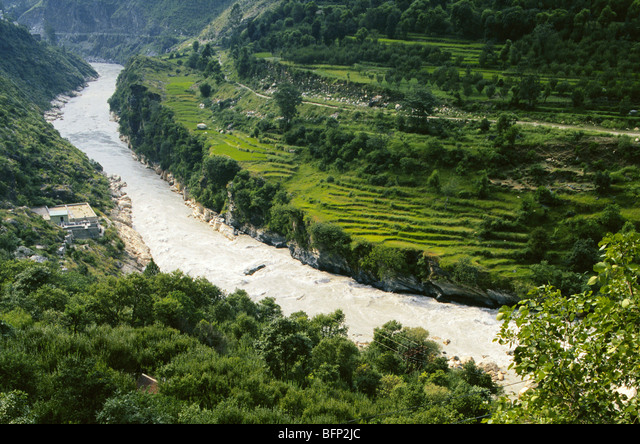
The Sutlej River is also known as Satadru. It is the easternmost tributary of the Indus River. The Bhakra Dam is built around the river Sutlej to provide irrigation and other facilities to the states of Punjab, Rajasthan and Haryana.
